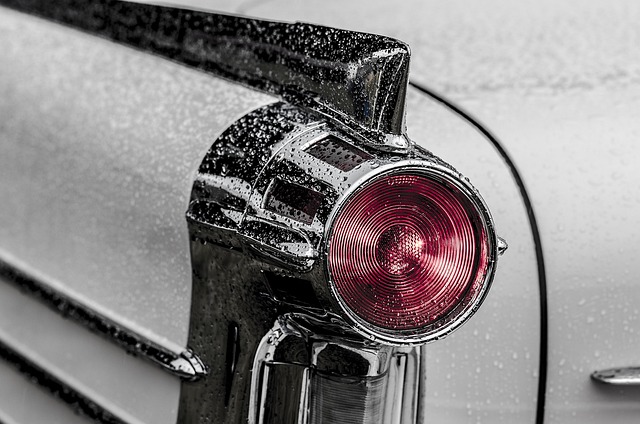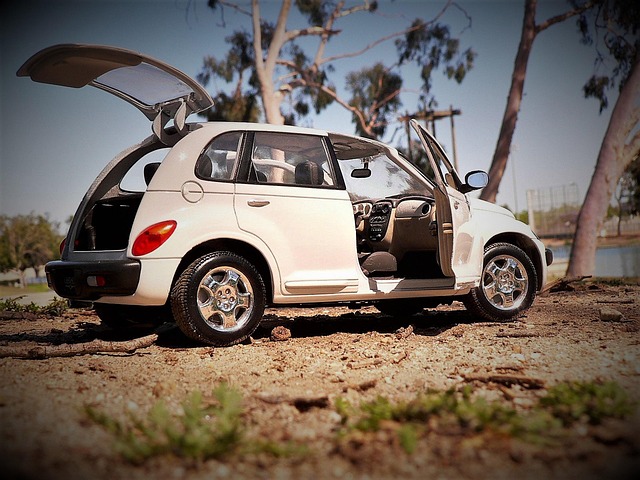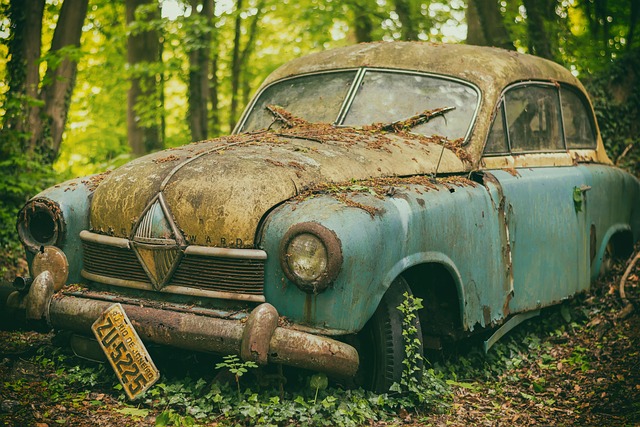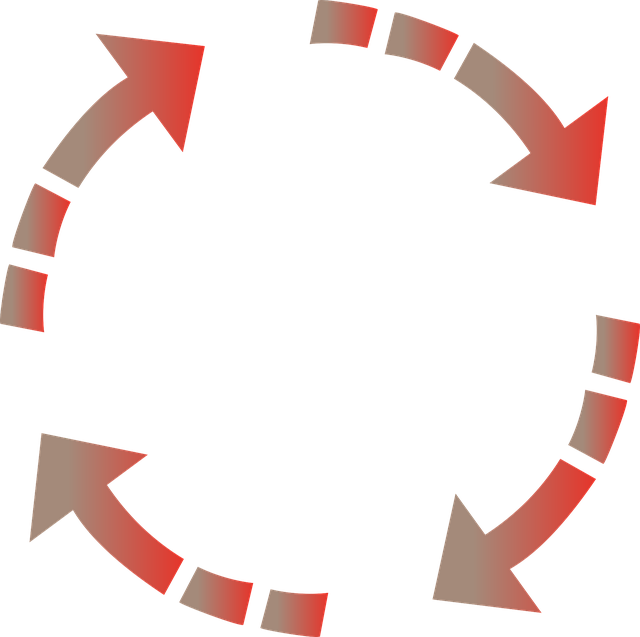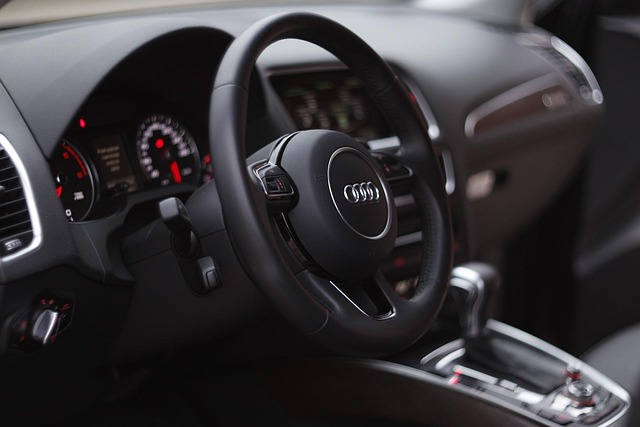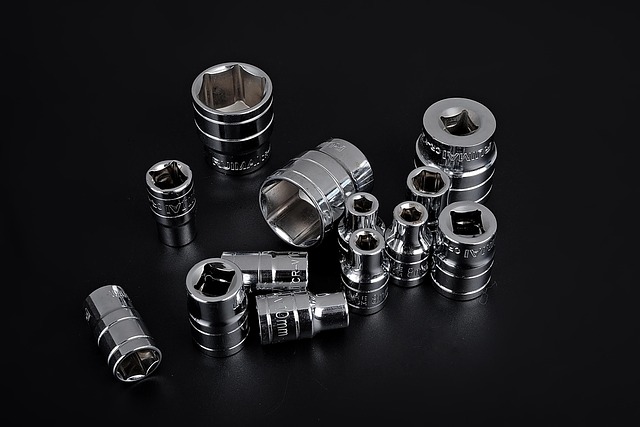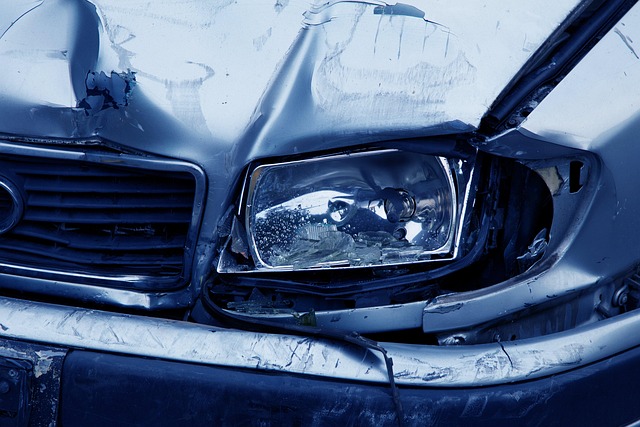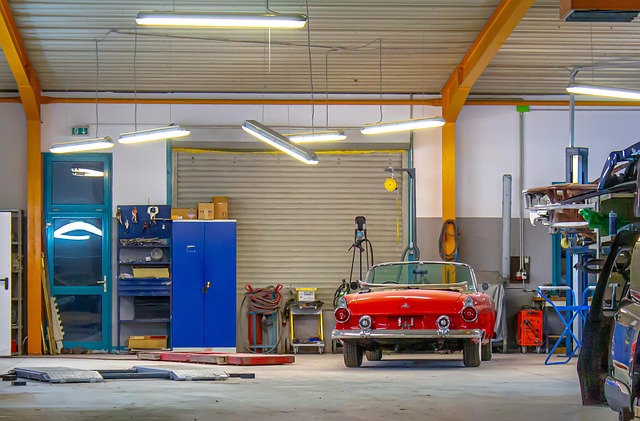Collision repair standards are vital for ensuring automotive safety and quality. They uniform bodywork procedures, reducing subpar workmanship, rework rates, and liability risks. By guiding every step of the repair process from initial assessments to final checks, these standards enhance customer satisfaction and transparency among stakeholders. Adherence to industry best practices through collision repair standards minimizes errors, lowers costs, and promotes a culture of excellence in vehicle collision repair services.
Collision repair standards play a pivotal role in mitigating risk for auto shops and insurance providers alike. By establishing clear guidelines, these standards ensure quality work and reduce the likelihood of reworks, thereby lowering liability exposure. This article delves into the multifaceted impact of collision repair standards, exploring their role in risk mitigation and their direct correlation to reduced rework rates based on compelling data. We also examine industry best practices and the continuous improvement driven by standardized protocols.
- The Role of Collision Repair Standards in Risk Mitigation
- Direct Impact on Rework Rates: A Data-Driven Perspective
- Industry Best Practices and Continuous Improvement through Standards
The Role of Collision Repair Standards in Risk Mitigation
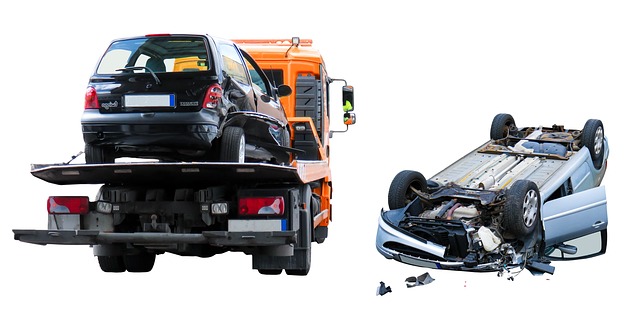
Collision repair standards play a pivotal role in mitigating risks within the automotive industry, especially regarding liability and rework rates. These standards act as a comprehensive framework that guides collision repair facilities (CRFs) in performing high-quality repairs, ensuring customer satisfaction, and minimizing potential legal issues. By establishing uniform procedures and specifications for vehicle bodywork, including auto painting and paintless dent repair techniques, these standards promote consistency and accuracy across the industry.
This uniformity reduces instances of subpar workmanship, which can lead to costly reworks and dissatisfied customers. Furthermore, well-defined collision repair standards help CRFs maintain comprehensive records and documentation, providing a clear audit trail in case of disputes or legal claims related to the repair process. Such transparency can significantly lower liability risks and foster trust between repair shops, customers, and insurance providers.
Direct Impact on Rework Rates: A Data-Driven Perspective
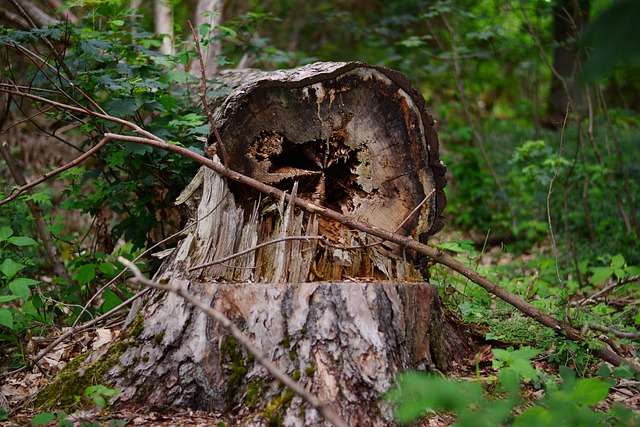
Collision repair standards have a direct and measurable impact on rework rates within auto repair shops. Data-driven analyses consistently reveal that adherence to established collision repair standards significantly reduces the need for repeat repairs. These standards govern every aspect of the repair process, from initial assessment and part selection to final quality control checks. By ensuring that each step is performed accurately and in accordance with industry best practices, collision repair facilities can minimize errors and omissions that often lead to rework.
For instance, standardized procedures for auto glass repair ensure precise measurements and proper alignment, reducing crack propagation or misalignment issues that necessitate further correction. Similarly, strict adherence to paint repair standards leads to more consistent color matching and finish quality, thereby lowering the likelihood of customers requesting revisions. The integration of these collision repair standards into auto repair services ultimately benefits both businesses and consumers by streamlining operations and enhancing customer satisfaction.
Industry Best Practices and Continuous Improvement through Standards
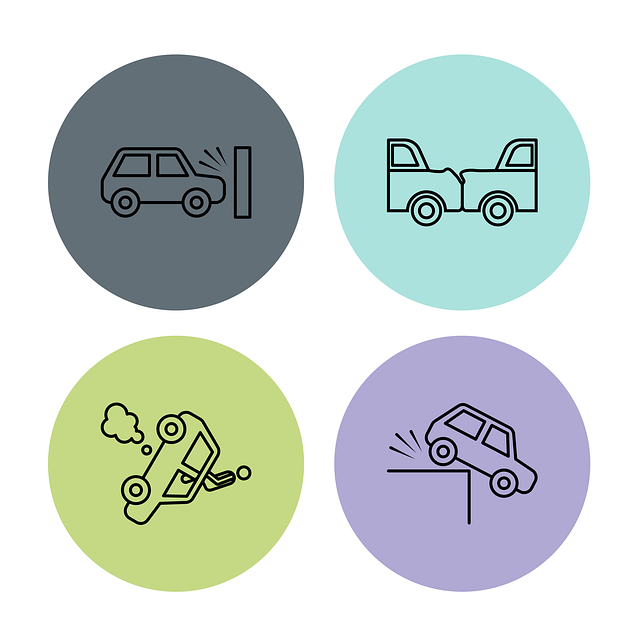
The automotive industry is renowned for its constant evolution, where innovation and safety are paramount. Collision repair standards play a pivotal role in this landscape by setting benchmarks that not only enhance vehicle safety but also streamline the repair process. These standards, often updated with industry best practices in mind, serve as a guiding light for auto bodyshops, fostering continuous improvement. By adhering to these guidelines, shops can reduce errors and rework rates significantly, which translates into cost savings and enhanced customer satisfaction.
The implementation of collision repair standards encourages a culture of excellence within the industry. It promotes the use of advanced techniques and technologies, ensuring that vehicle collision repair, car body repair, or auto bodywork services meet the highest caliber. Through regular updates and adherence to these standards, shops remain competitive, offering efficient and reliable services that meet modern safety requirements.
Collision repair standards play a pivotal role in reducing liability and minimizing rework rates. By establishing uniform procedures and quality benchmarks, these standards ensure safer vehicle repairs and maintain customer satisfaction. A data-driven approach confirms their direct impact on lowering rework costs, while industry best practices foster continuous improvement. Embracing collision repair standards is not just a recommendation; it’s an essential strategy for garages to enhance efficiency, reduce risks, and stay competitive in the market.



